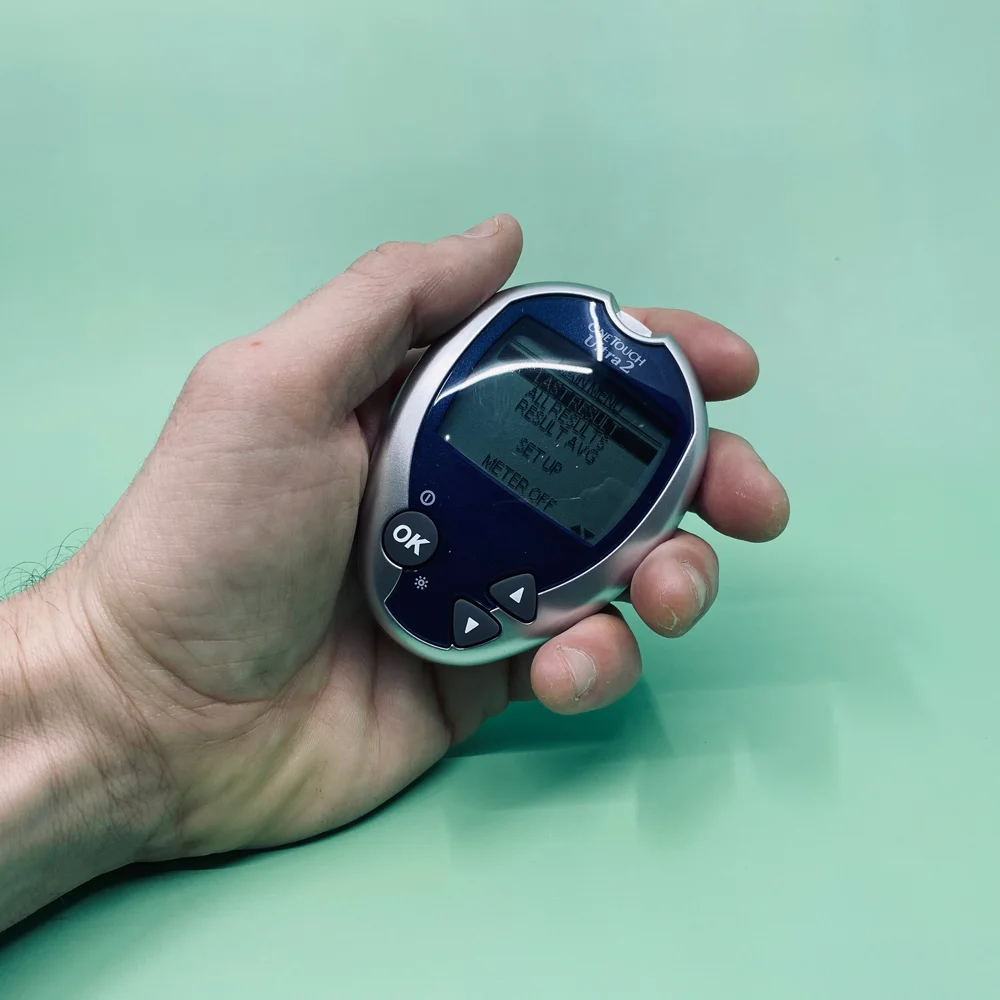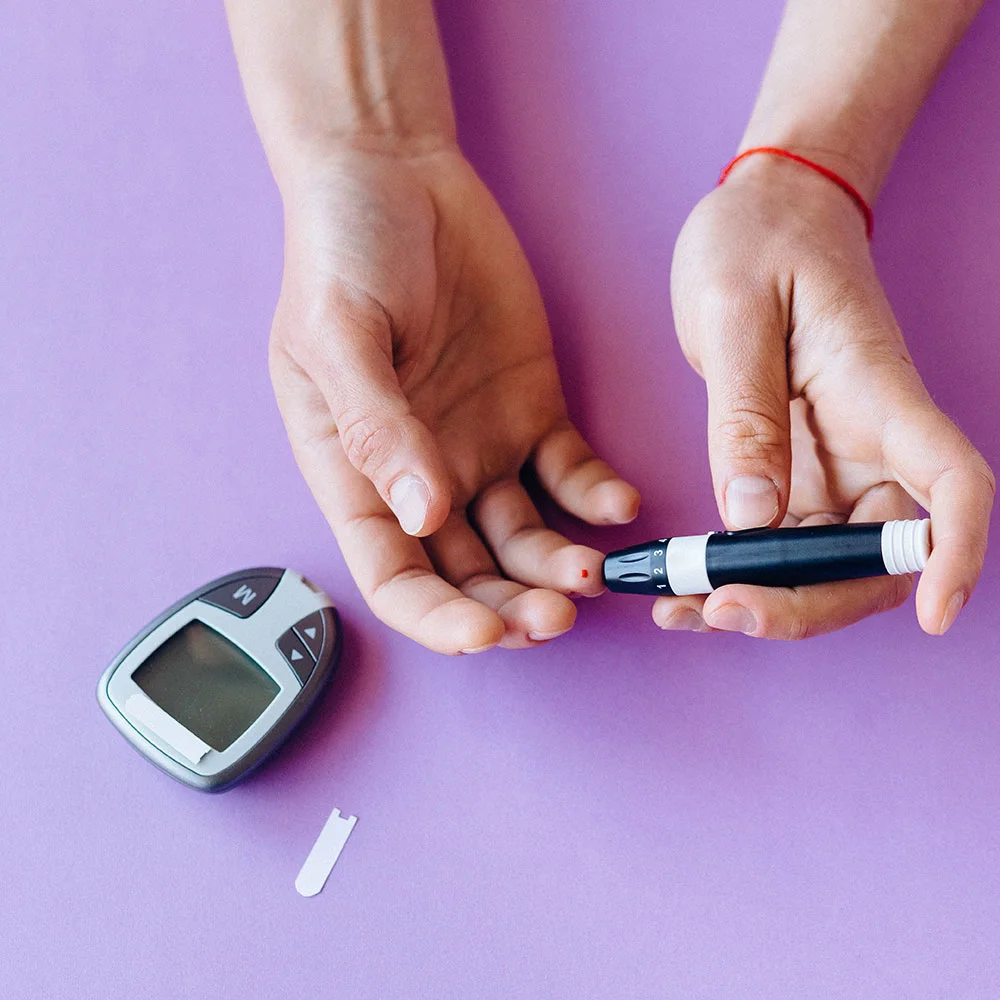What are normal hemoglobin A1c levels?

Reviewed by Tzvi Doron, DO,
Written by Mike Bohl, MD, MPH, ALM
last updated: May 04, 2020
1 min read
Hemoglobin A1c is a type of hemoglobin in the blood that is bound to glucose. There is normally a low percentage of hemoglobin A1c in the blood. However, if blood sugar levels are elevated, the percentage of hemoglobin A1c increases as well. This makes hemoglobin A1c an important marker for chronically high blood sugar levels.
The hemoglobin A1c level can give a good estimation of how well blood sugar has been controlled over a three-month period. A hemoglobin A1c level of 5.7–6.4% is considered prediabetes. A hemoglobin A1c level of 6.5% or higher is considered diabetes. According to some organizations, the target hemoglobin A1c level for people who are diagnosed with diabetes is 7.0–8.0%. This can be achieved by controlling blood sugar levels, which is, in turn, done through diet, exercise, and oral and injectable medications.
Weight loss
Get access to GLP-1 medication (if prescribed) and 1:1 support to meet your weight goals
What we mean by normal
In medicine, using the term “normal” can sometimes be off-putting. Saying something is “normal” implies that everything else is “abnormal.” Additionally, saying something is “normal” may not be accurate, since something that is “normal” for you may not be “normal” for somebody else. Therefore, instead of saying certain values are “normal,” alternative terminology may be to say that these values are “healthy” or “within the reference range.”
Additionally, some values have well-defined cutoffs, while others do not. For example, when looking at hemoglobin A1c levels, a value of 6.5 or greater is always diagnostic of diabetes. On the other hand, when looking at testosterone levels, some use cutoffs of 270–1,070 ng/dL while others use cutoffs of 300–1,000 ng/dL.
The information above represents values that are commonly used as cutoffs. However, depending on the specific source you’re looking at or the laboratory you go to, their values may be a little different.
DISCLAIMER
If you have any medical questions or concerns, please talk to your healthcare provider. The articles on Health Guide are underpinned by peer-reviewed research and information drawn from medical societies and governmental agencies. However, they are not a substitute for professional medical advice, diagnosis, or treatment.









